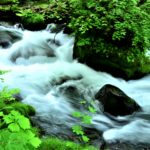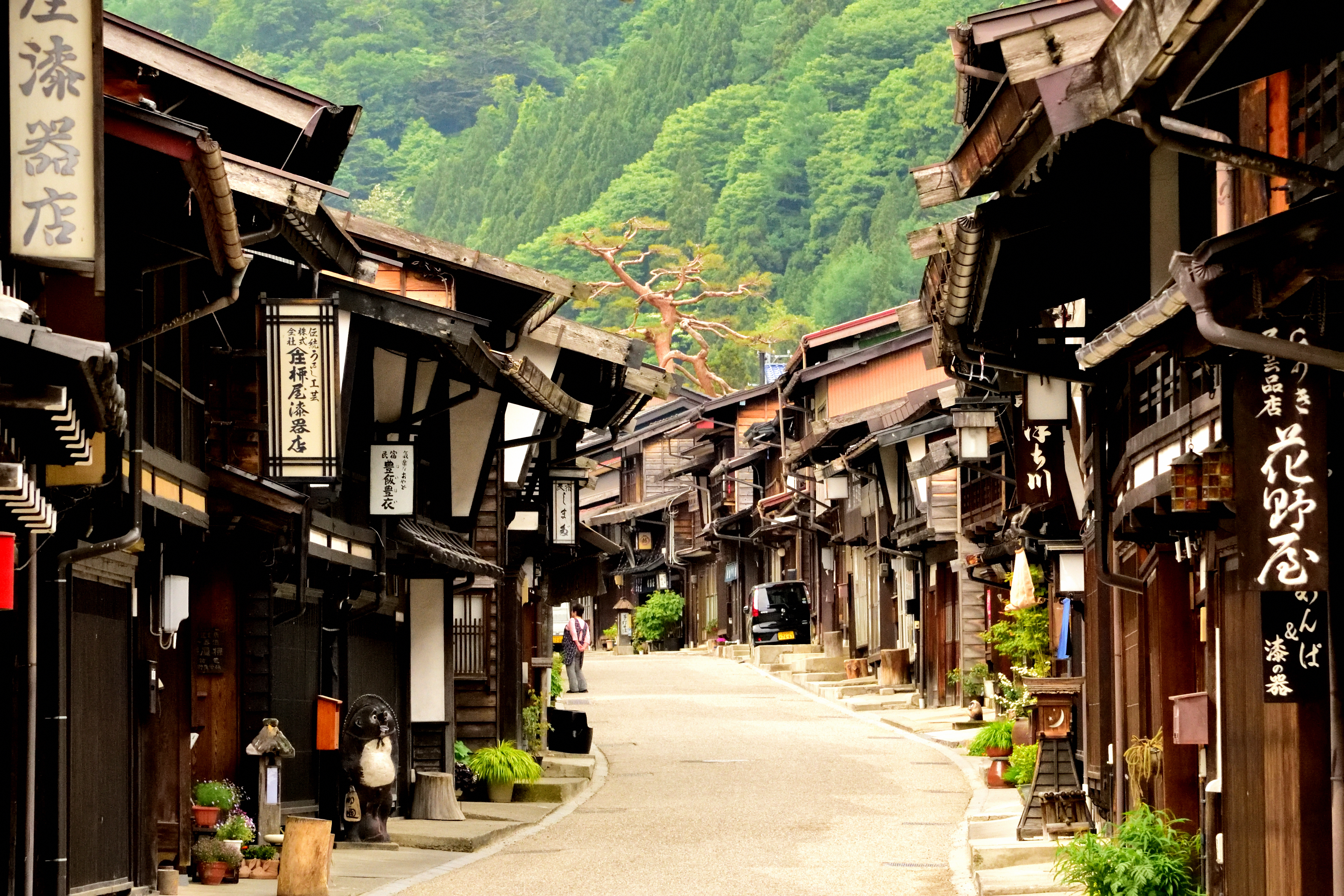
"Tsumago-juku" Leave the taste of the Edo period to the present generation
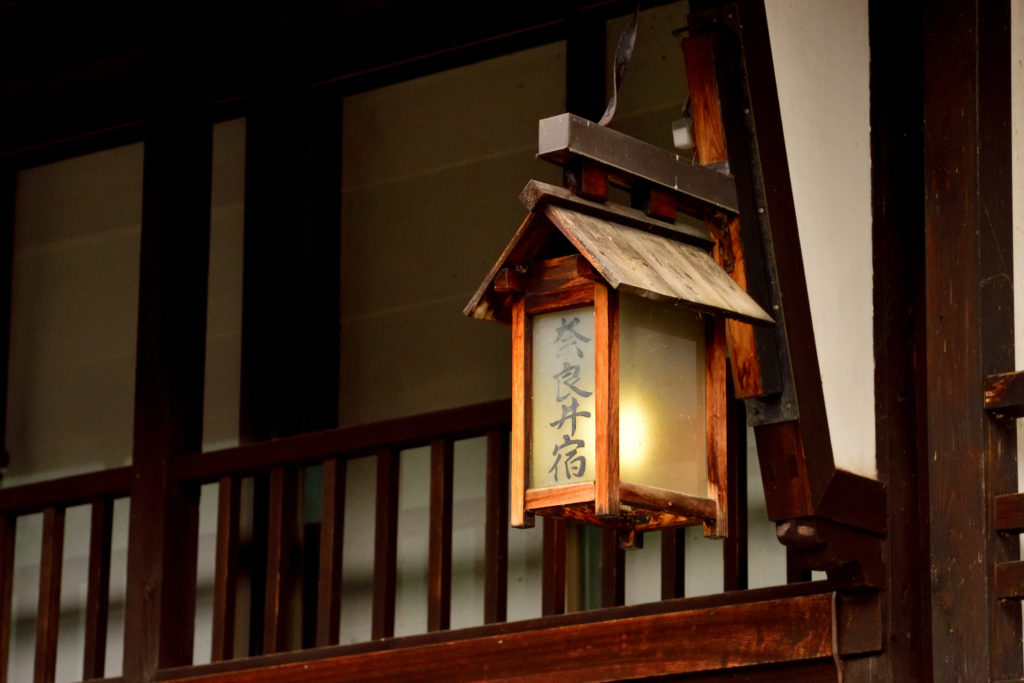
In the Edo period, when there were no planes or cars, the only way to get around Edo and other places with "Sankinkotai" was to move on foot or by horse. (Sankinkotai: a system under which feudal lords in the Edo period were required to spend every other year in residence in Edo)
Currently, if you travel by bullet train, you can move from Tokyo to Kyoto in about two hours, but when you were walking on foot, it took about two weeks from Edo Nihonbashi to Kyoto's Sanjo Ohashi is. It is necessary to put a break and stay on the way by foot or horse long trip, and along the street connecting Edo and each place, lodgings were built for every section. Along with that, it became a town where many lodgings gather, and developed as "Shukuba-machi (Post town). Speaking of the street connecting Edo and various places, Tokai-do, Nakasen-do, Nikko-do, Oshu-do, Koshu-do's “Gosen-do (Five street)”, which starts from Edo Nihonbashi, are famous.
This time, I visited the post town of Nakayama-dori (which links Kyoto and Edo), where the image of the Edo period town still remains. Since Nakasendo passes Kiso, it is also called "Kisoji (Kiso Road)", and it has also been used extensively for Sankinkotai.
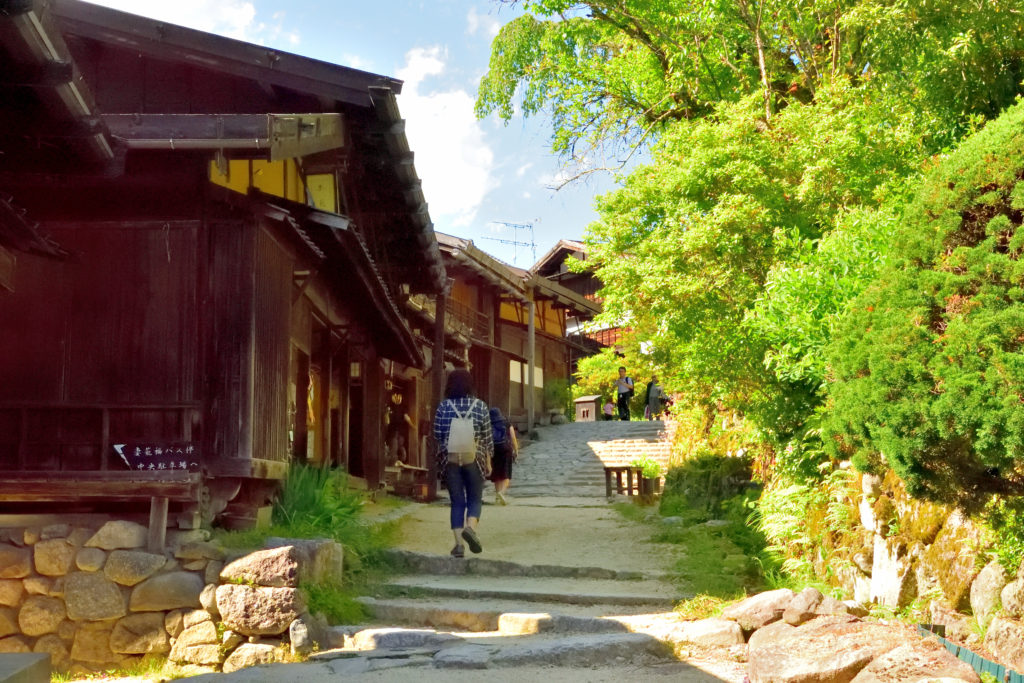
“If you look at the hollow of the pavement with stone, you will feel the warmth that many travelers have stepped on long ago. If you can still see the old pillars of the hotel and the blackened ceiling in the hearth, You will notice that the scent of Edo, the laughter, and the appearance of people are everywhere on the dead wood surface, and you will feel the warmth of the mountain village at the edges of the words you meet and interact with.”
The impressive passage in the Kiso area tourism site can be realized by actually walking it.
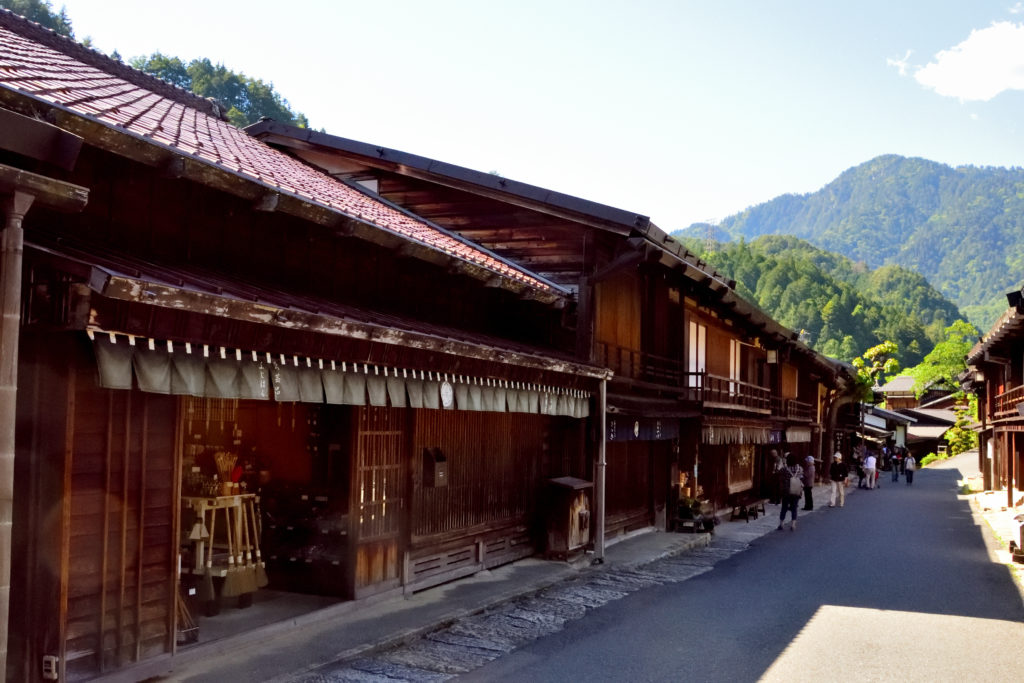
Tsumago-juku, the 42nd inn, retains the taste of the Edo period. It is a post town that prospered as a turning point of Nakasendo and Ina street in the southwestern end of the Kiso Valley. It is also known as the first place in Japan to try to preserve the city, and it has been selected as the first important traditional preservation area with Shirakawa-go in Gifu Prefecture and Gion in Kyoto.
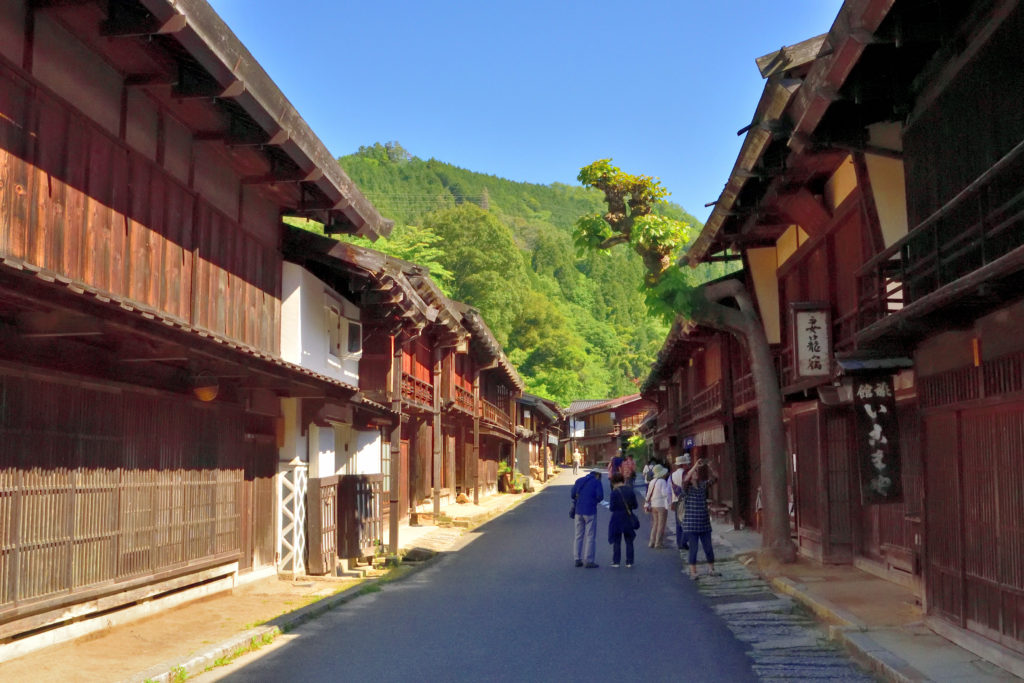
The old town is about 1km, but the road about 8km to the adjoining Magome-juku is also popular as a hiking trail with lots of attractions.
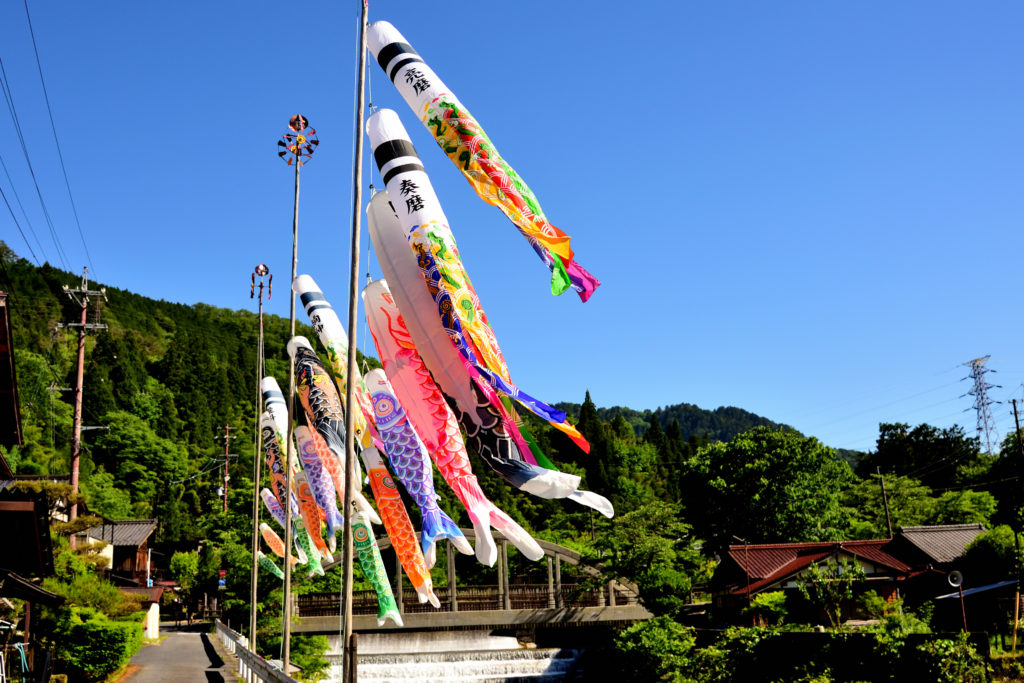
"Mgaome-juku", a journey through the birthplace of the novelist Toson Shimazaki t
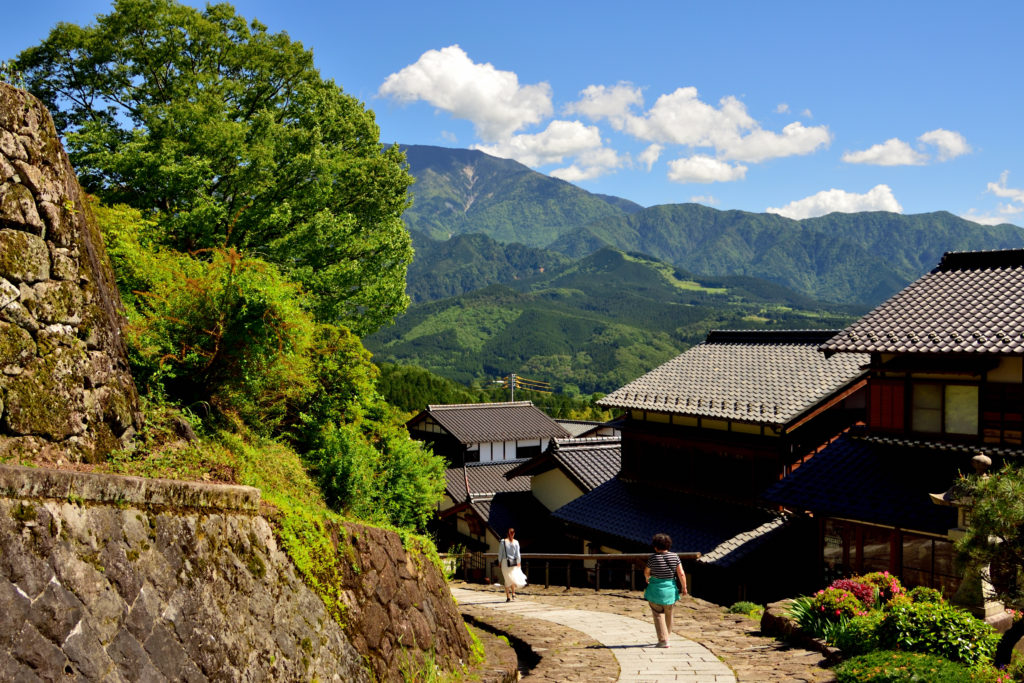
Nakasen-do 43rd postage, "Magome-juku" is a post town located along a steep slope with cobbled floors. It is also the birthplace of the novelist Toson Shimazaki who wrote that "All the Kiso Roads are in the mountains," and there are many highlights related to Toson.
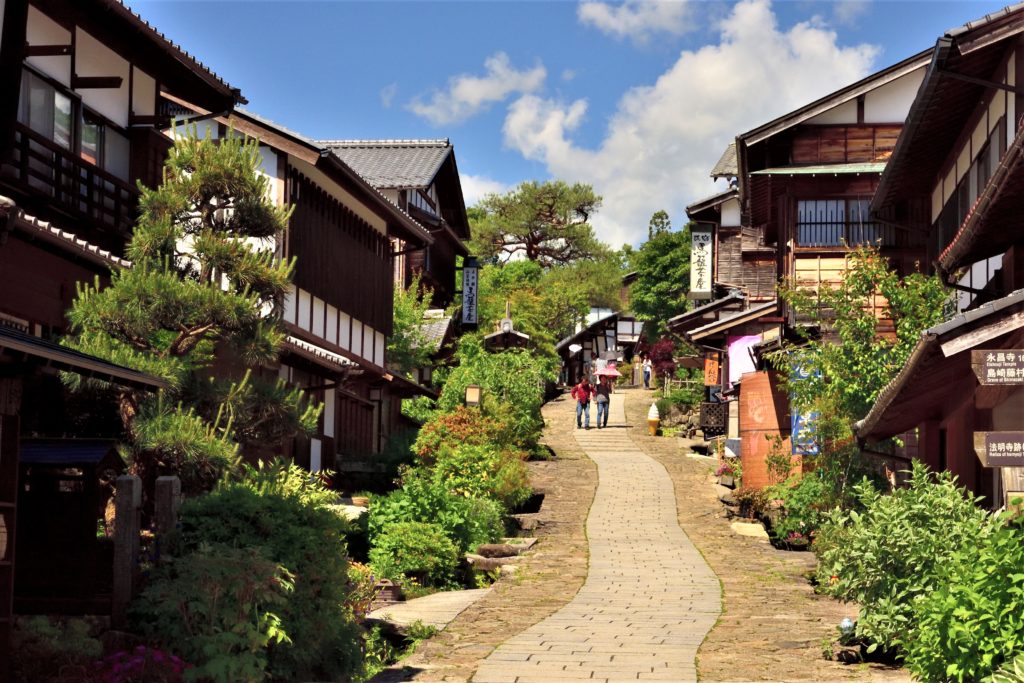
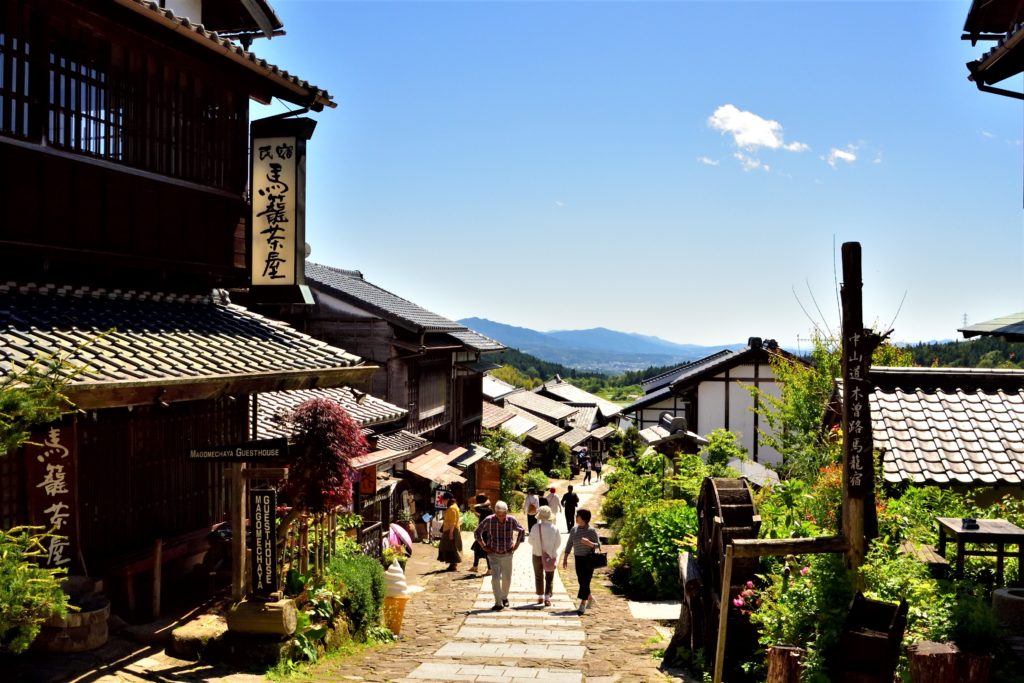
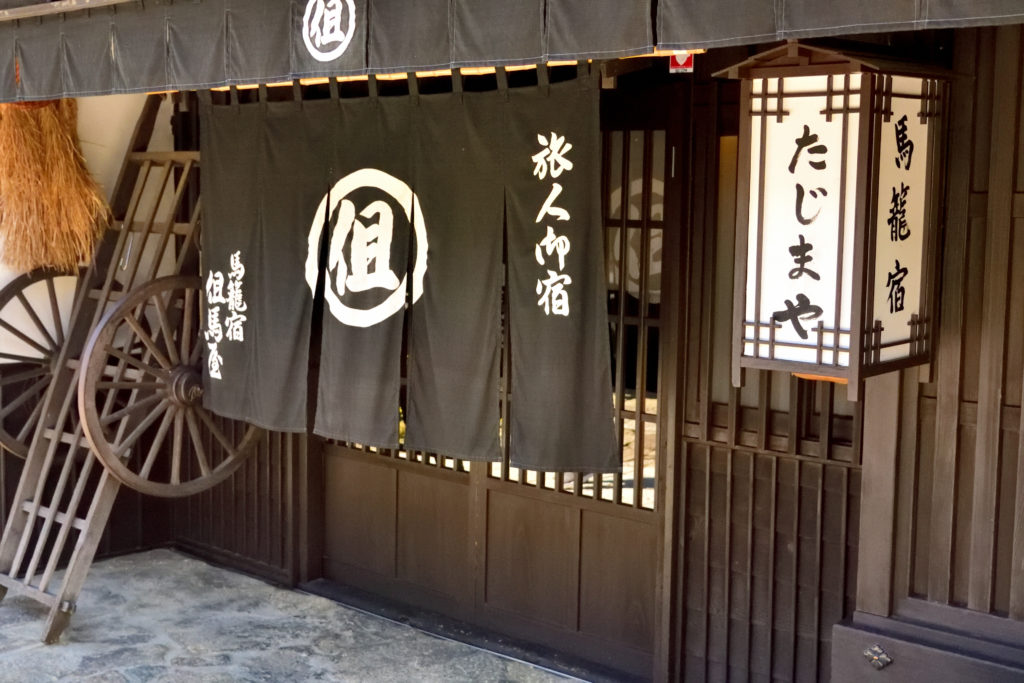
Magome-juku, located at the southern end of the 11 post towns on Kiso Road, is a post town with houses, tea houses and lodgings along a cobblestone-covered slope of about 600 meters.
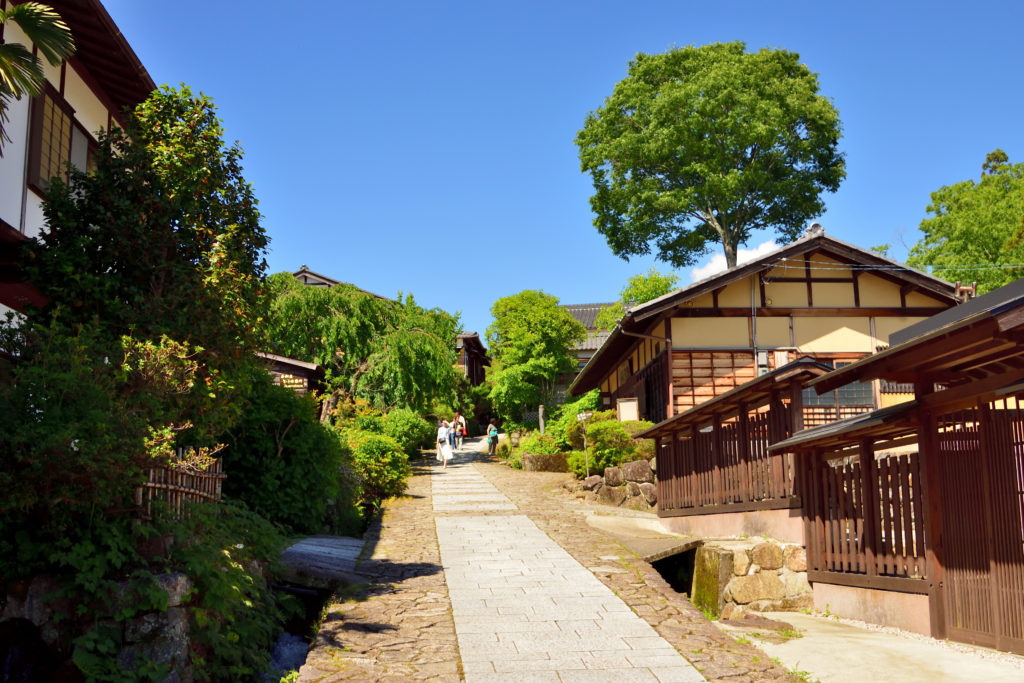
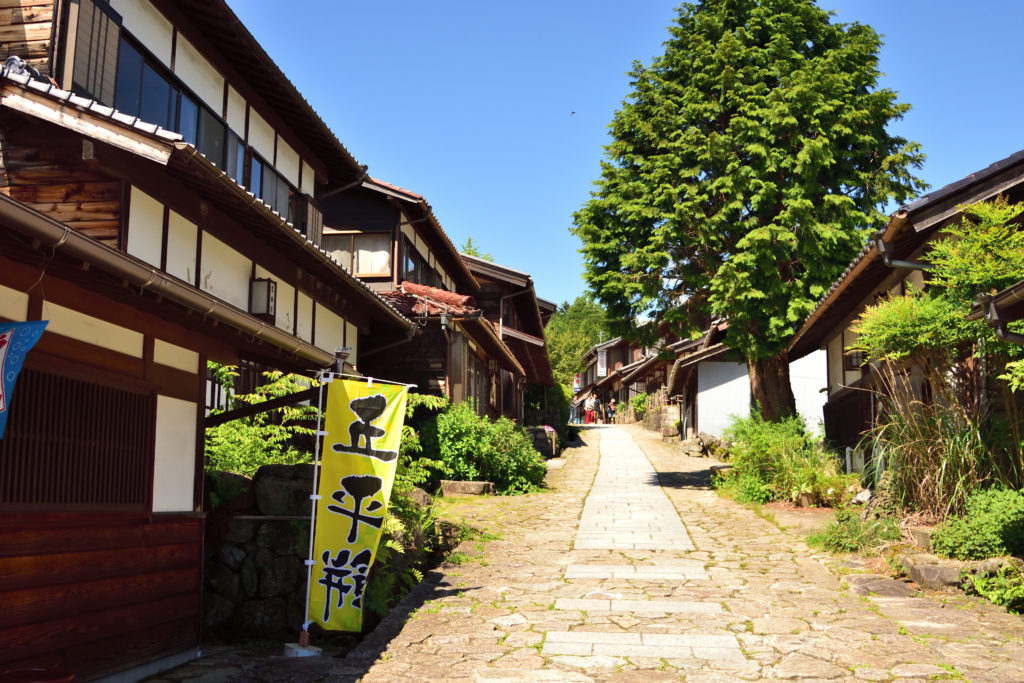

"Narai-juku", the old road where Samurai was walking
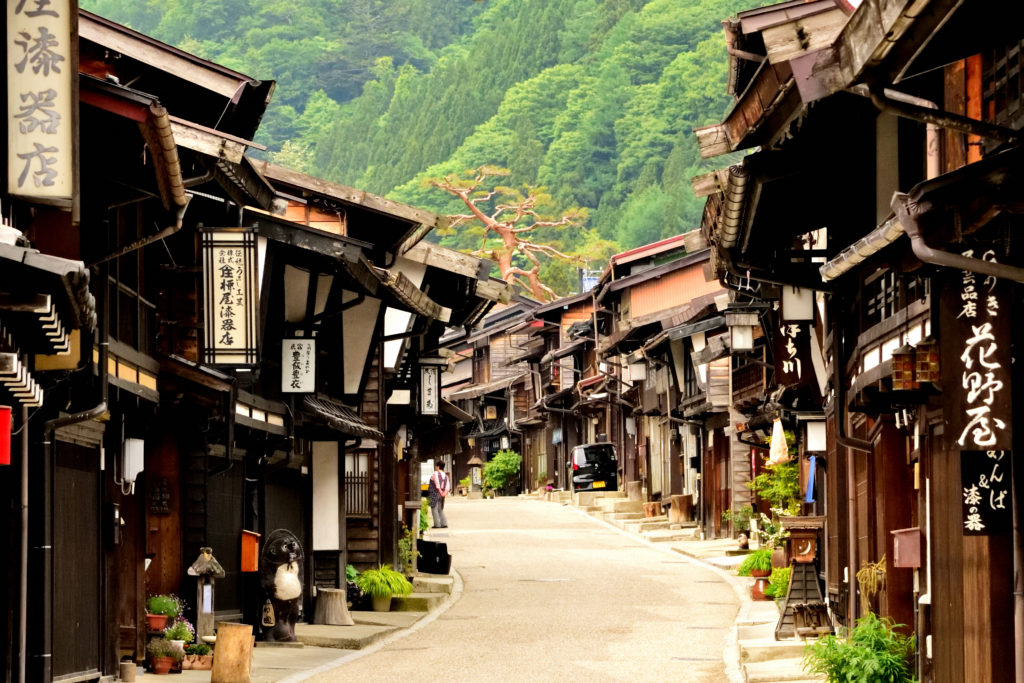
It is Narai-juku which is located in the middle of Nakasendo, which connects Edo and Kyoto, the 34th post town Nakasen-do.
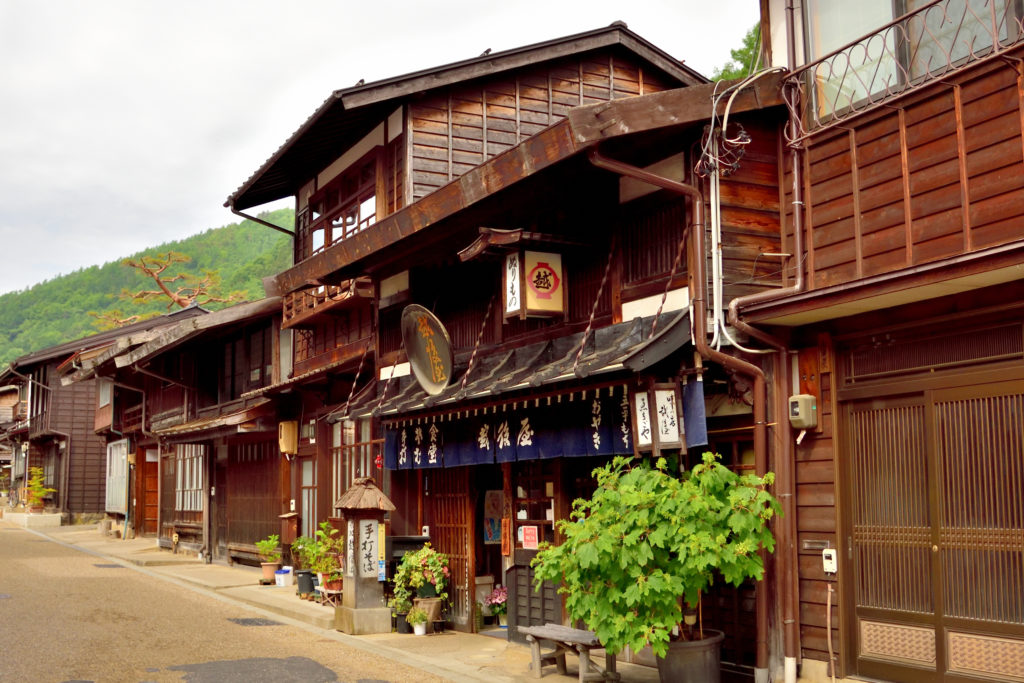
River, leaving a strong impression of the Edo period. It is the longest post town in Japan, with three blocks: Kamimachi, Nakamachi, and Shimomachi, extending about 1km north to south, and about 200m east to west along the street. The lodgings, sake breweries, and houses of a thousand lattices lined the eaves, and its bustling was so called "Narai Senken".
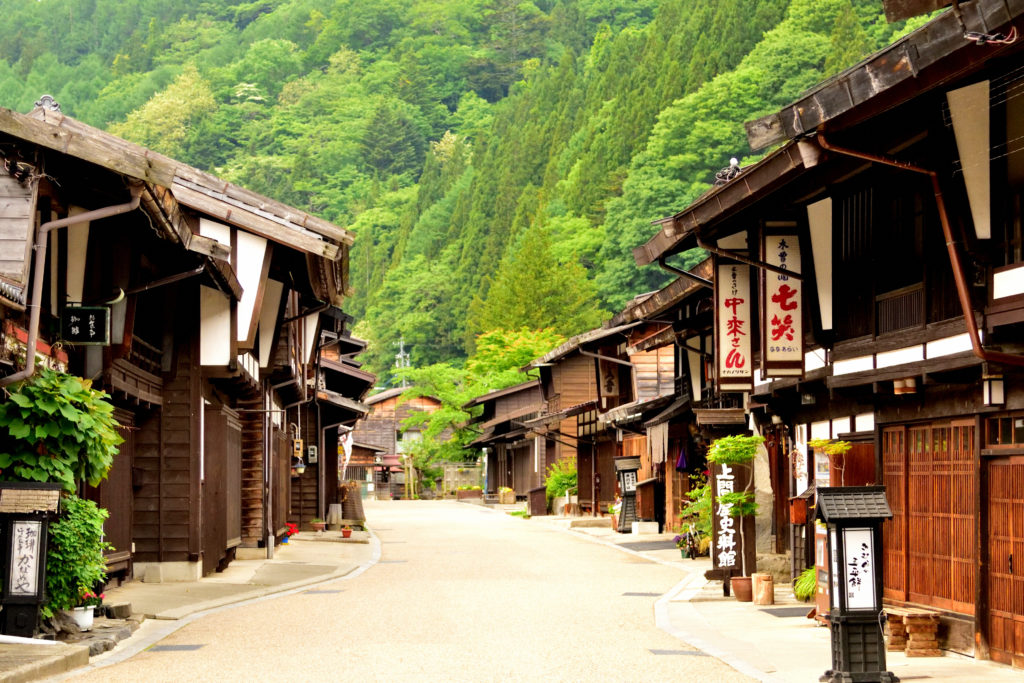
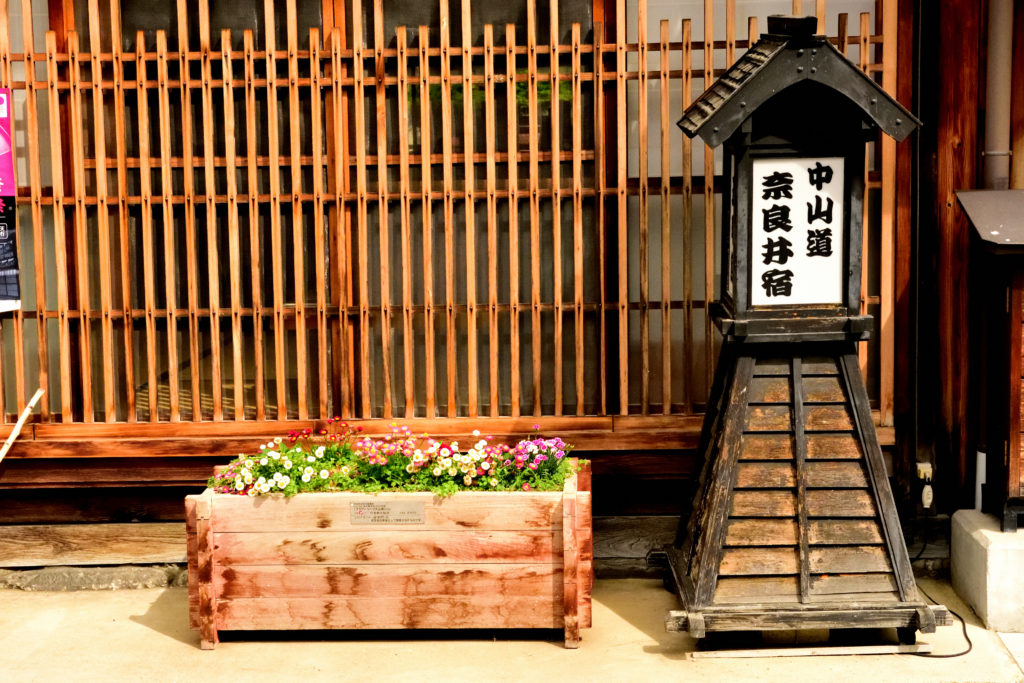
Many Western travelers were traveling on Nakasen-do. The famous British actress Joanna Ramlay introduced Nakasen-do on a television show as "the old road where the wolf walked", making it a huge hit worldwide. Narai-juku is a post town in Kiso Road that keeps its unique emotions as people actually live. Narai-juku is a pride of Japan left by the people of Kiso who have nature, history and living that attracts the world's travelers.

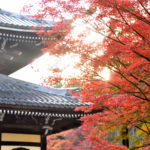



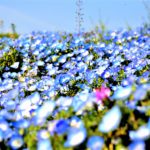
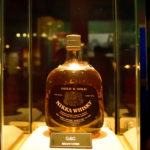
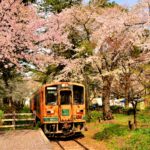
![2019 Japan, Attractive place in Kyoto! Reasons to attract world tourists [Kyoto]](https://origami-japan.com/wp-content/uploads/2018/07/DSC_2183_00291-150x150.jpg)


